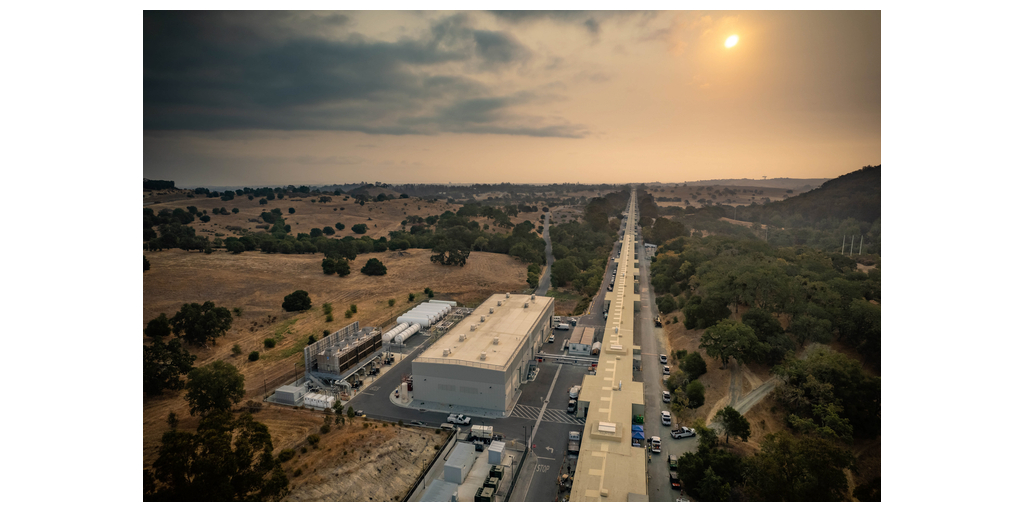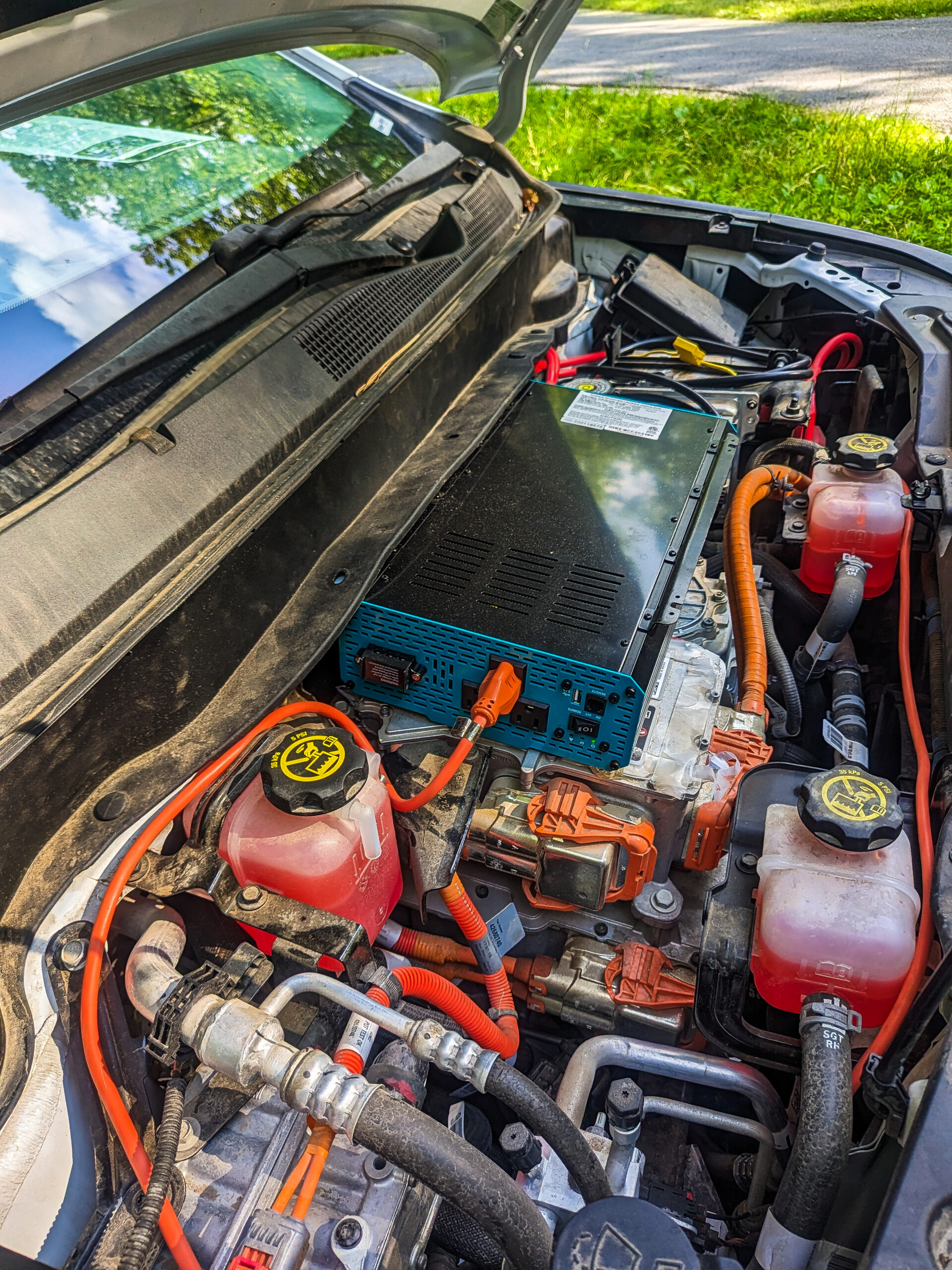
An excellent case study published by GreenCape and partners gives us an exciting look at Golden Arrow Bus Services’ recent electric bus pilot program in the City of Cape Town.
We are seeing more electric buses being adopted in a lot of cities around the world. It’s always good to get local insights from bus companies that have successfully piloted or rolled out electric bus operations on their routes. This gives us a better understanding of how these electric buses are faring.
The case study says it was written with investors in the electric mobility value chain and bus fleet owners in South Africa (both public and private sector) in mind who are exploring the use of electric buses for public transport services and the use of renewable energy for charging. It is also relevant for cities and municipalities that are seeking opportunities to build energy resilience through electric mobility solutions. The report adds that these kinds of pilots help to demonstrate that there are no topographical or operational issues obstructing the successful roll-out of electric buses in South African cities.
These kinds of reports and documentation of pilot programs will help key decision makers get better insights into the journey towards fleet electrification. There is a large addressable market for electrification, as there are currently approximately 65,000 buses and mini-buses in South Africa, including both public transport and private sector players, which can all be replaced by electric buses in a phased approach, according to the case study.
Golden Arrow Bus Service (GABS) has been operating for 160 years, and has a bus fleet size of 1,100 buses and a total of 2,500 employees. GABS currently transports 220,000 commuters per day on 1,300 operational bus routes. The company became the first commuter bus operating company in South Africa to pilot and field test the use of electric buses in 2021. We previously covered news of the introduction of this pilot program here on CleanTechnica. It’s great to have a followup now with some awesome data and results from the pilot as discussed in the case study by GreenCape and partners.
On average, a bus travels 60,000 km per year. For this amount of travel per year, the Total Cost of Ownership (TCO) for electric vehicles could be quite attractive. The GABS pilot study gives a real life case study on this and more.
The case study zoned in on:
- Battery range
- Charging duration
- Energy efficiency
- Performance along local topography
- Maintenance impact
- Energy cost savings
- Passenger satisfaction
The pilot was carried out for 18 months using 2 BYD K9 electric buses.
BYD K9 Electric Transit Bus Specifications
In a strong indication of a major opportunity for localization, the buses used in the pilot had their bus bodies manufactured and assembled locally in Cape Town by Busmark using imported electric bus chassis from BYD.
The case study notes that 7,000 km of field testing was conducted without passengers, where the maximum potential passenger weight was modeled using sandbags, and an additional 50,000 km was carried out when passengers were introduced. One of the key highlights of the field tests was the result showing that the electric BYD buses were successfully able to operate on some of the steepest inclines in Cape Town, most notably the famous Hospital Bend.

One of the other major highlights from the report is an operational cost-benefit analysis that showed that, at current prices, GABS could save R657,000 ($34,000) in fuel costs per bus per year by switching from a diesel bus to an electric bus. Even though an electric bus is two to three times the cost of a diesel bus (due to South Africa’s infamous import duties and ad valorem taxes levied on electric vehicles), the fuel savings that are accrued by the bus fleet operator result in the electric bus paying for itself over its lifespan of 8 to 12 years. You can have a look at the case study at GreenCape for more details.
Image courtesy of Golden Arrow Bus Services
I don’t like paywalls. You don’t like paywalls. Who likes paywalls? Here at CleanTechnica, we implemented a limited paywall for a while, but it always felt wrong — and it was always tough to decide what we should put behind there. In theory, your most exclusive and best content goes behind a paywall. But then fewer people read it! We just don’t like paywalls, and so we’ve decided to ditch ours. Unfortunately, the media business is still a tough, cut-throat business with tiny margins. It’s a never-ending Olympic challenge to stay above water or even perhaps — gasp — grow. So …






